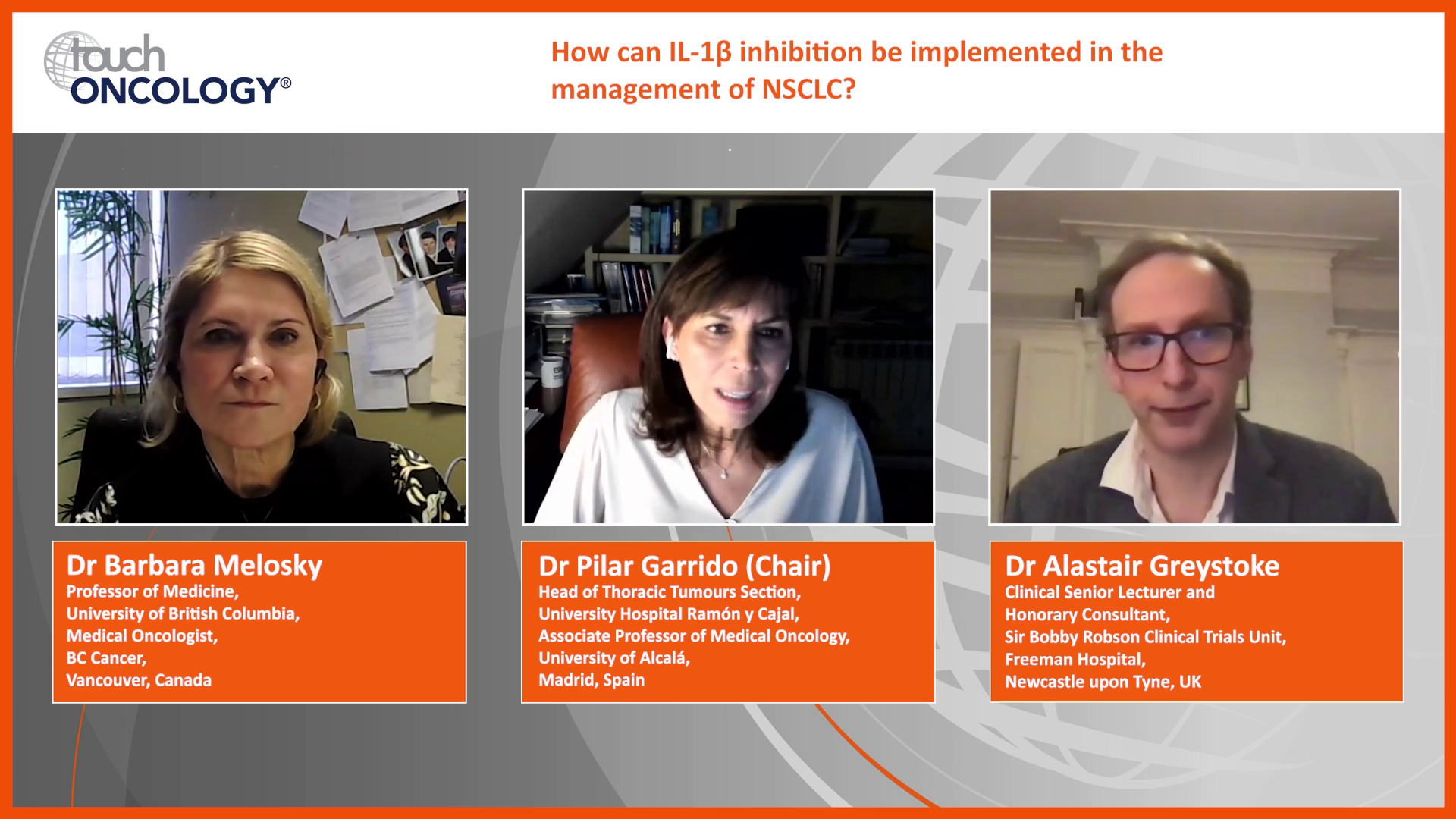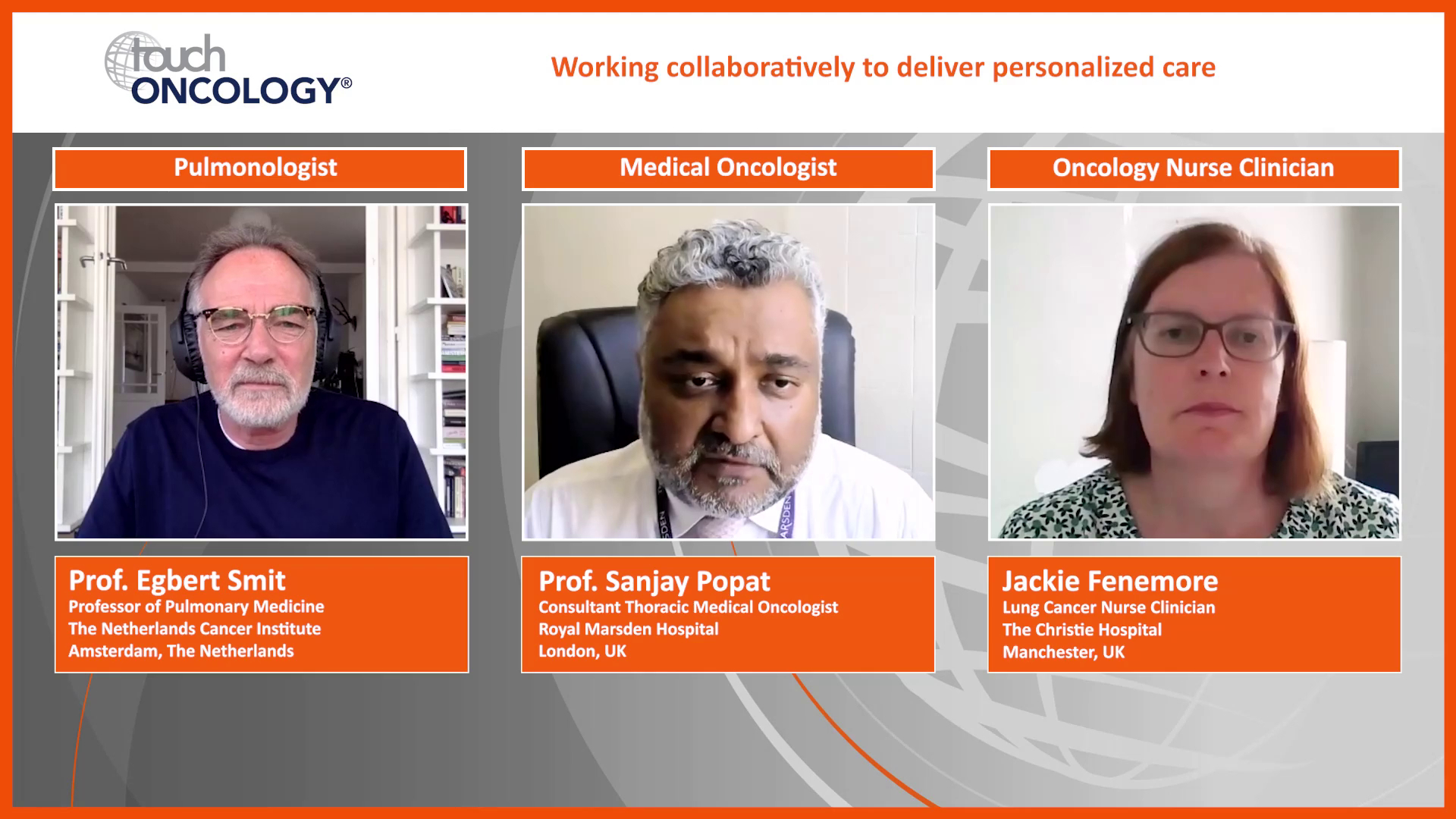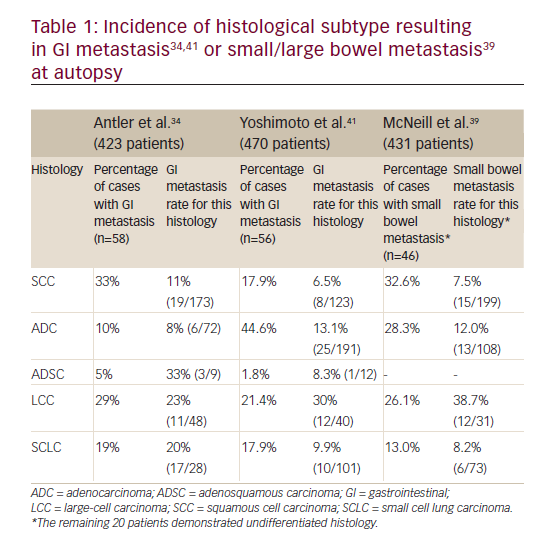Tutorial
This icon indicates there is a poll question. Click it when you see it to interact with your peers.
touchEXPERT FOCUS
 Single expert faculty answers questions on a specific theme offering practical insights drawn directly from daily practice.
Close
Single expert faculty answers questions on a specific theme offering practical insights drawn directly from daily practice.
Close
 Single expert faculty answers questions on a specific theme offering practical insights drawn directly from daily practice.
Close
Single expert faculty answers questions on a specific theme offering practical insights drawn directly from daily practice.
Close
RET-positive NSCLC: Translating insights into targeted approaches
Learning Objectives
After watching this activity, participants should be better able to:
- Summarize the mechanisms of action and resistance, as well as the latest clinical data for approved RET-inhibitor therapies in RET-positive NSCLC
- Apply strategies for the timely and appropriate integration of RET inhibitors into NSCLC clinical practice, including how to balance benefits and risks of approved therapies
Overview
Watch Dr Christine Bestvina provide her insights and guidance on key clinical questions around the use of currently approved RET inhibitors for non-small cell lung cancer (NSCLC), including their mechanism of action and how resistance can develop, in addition to their efficacy and safety profiles.
Target Audience
This activity has been designed to meet the educational needs of oncologists (including lung cancer specialists), pulmonologists, community oncologists, pathologists and oncology pharmacists involved in the management of patients with NSCLC.
USF Accreditation
Disclosures
USF Health adheres to the Standards for Integrity and Independence in Accredited Continuing Education. All individuals in a position to influence content have disclosed to USF Health any financial relationship with an ineligible organization. USF Health has reviewed and mitigated all relevant financial relationships related to the content of the activity. The relevant relationships are listed below. All individuals not listed have no relevant financial relationships.
Faculty
Dr Christine Bestvina discloses: Advisory board or panel fees from AbbVie, Amgen, AstraZeneca, Bristol Myers Squibb, Daiichi, EMD Serono, Genentech, Gilead, Guardant, Johnson and Johnson, Mirati, Pfizer, Tempus and Turning Point Therapeutics. Consultant fees from CVS. Grants and research support from AstraZeneca and Bristol Myers Squibb.
Content reviewer
Alicia Canalejo, APRN has no financial interests/relationships or affiliations in relation to this activity.
Touch Medical Contributors
Judah Issa has no financial interests/relationships or affiliations in relation to this activity.
USF Health Office of Continuing Professional Development and touchIME staff have no financial interests/relationships or affiliations in relation to this activity.
Requirements for Successful Completion
In order to receive credit for this activity, participants must review the content and complete the post-test and evaluation form. Statements of credit are awarded upon successful completion of the post-test and evaluation form.
If you have questions regarding credit please contact cpdsupport@usf.edu
Accreditations
Physicians
This activity has been planned and implemented in accordance with the accreditation requirements and policies of the Accreditation Council for Continuing Medical Education (ACCME) through a joint providership of USF Health and touchIME. USF Health is accredited by the ACCME to provide continuing medical education for physicians.
USF Health designates this enduring material for a maximum of 0.5 AMA PRA Category 1 CreditsTM. Physicians should claim only the credit commensurate with the extent of their participation in the activity.
Advanced Practice Providers
Physician Assistants may claim a maximum of 0.5 Category 1 credits for completing this activity. NCCPA accepts AMA PRA Category 1 CreditsTM from organizations accredited by ACCME or a recognized state medical society.
The AANPCP accepts certificates of participation for educational activities approved for AMA PRA Category 1 CreditsTM by ACCME-accredited providers. APRNs who participate will receive a certificate of completion commensurate with the extent of their participation.
Date of original release: 15 May 2025. Date credits expire: 15 May 2026.
If you have any questions regarding credit, please contact cpdsupport@usf.edu
To obtain the CE/CME credit(s) from this activity, please complete this post-activity test.
Claim CreditYou may also be interested in...

REGISTER NOW FOR FREE ACCESS TO
- 1000+ topical and insightful peer-reviewed journal articles
- 100+ hours of bite-sized congress highlights
- 10 major therapy areas packed with the latest scientific advances
- 150+ specialties offering learn-on-the-go medical education
- + Concise email updates and newsletters so you never miss out

Log into your Touch Account
Earn and track your CME credits on the go, save articles for later, and follow the latest congress coverage.
Sign up with an Email
Or use a .
This Functionality is for
Members Only
Explore the latest in medical education and stay current in your field. Create a free account to track your learning.


















